First an overview of the entire Pedal Prix telemetry system that the team has developed:
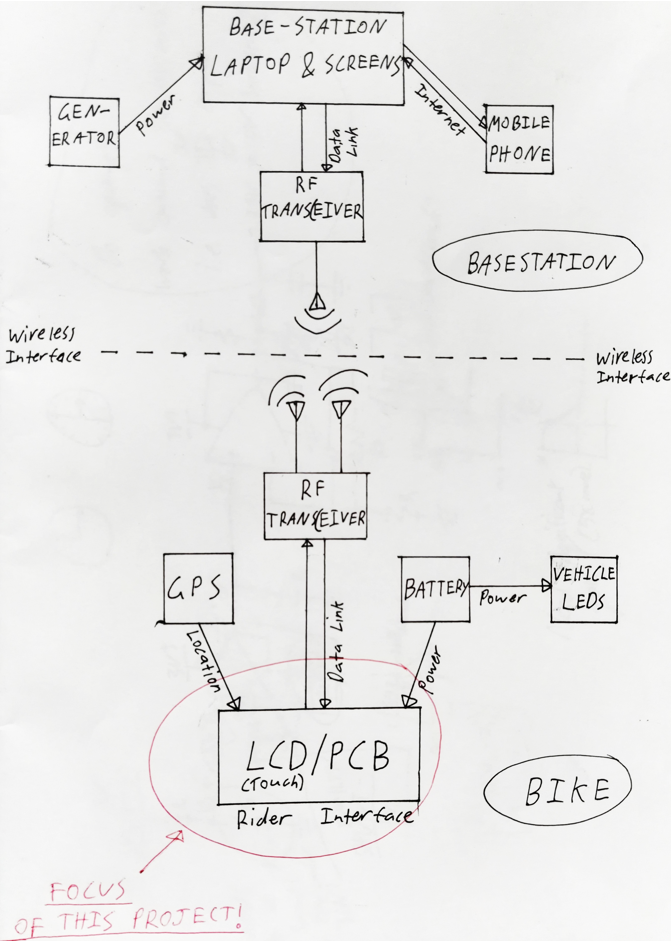
My task and focus is the development of a PCB for the rider/bike side that integrates the other modules together.
The PCB will incorporate the following features:
- Power supplies
- Micro-controller
- Touch screen LCD (the PCB will be mounted to the back of the screen)
- Complete power measurement (not just voltage)
- A “9-axis” IMU - Allowing for absolute orientation measurement (plus PCB temp!)
- Power protection features (i.e. polarity and fusing)
- Plug for wind speed measurement probe (potentially)
Due to the complexity of the RF link (digital multi-node modem) and the location requirement of the GPS antenna, these key functionalities will exist as modules. However, the volume reduction achieved by eliminating the power supply and micro-controller boards will be significant and worth the endeavour!
Project Logs:
 David Scholten
David Scholten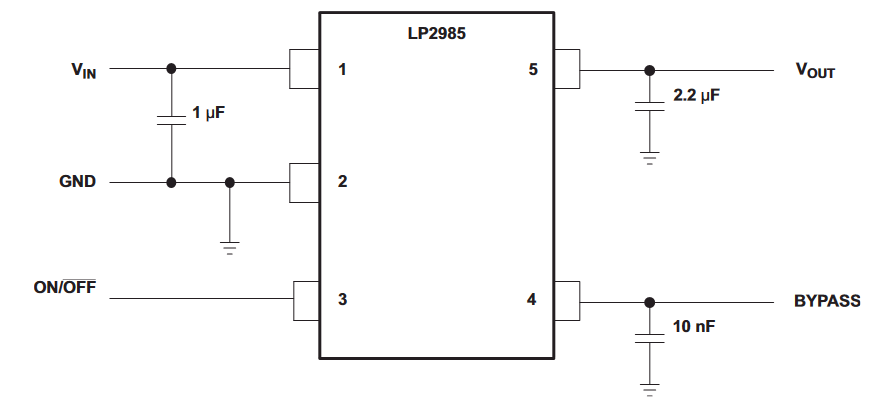

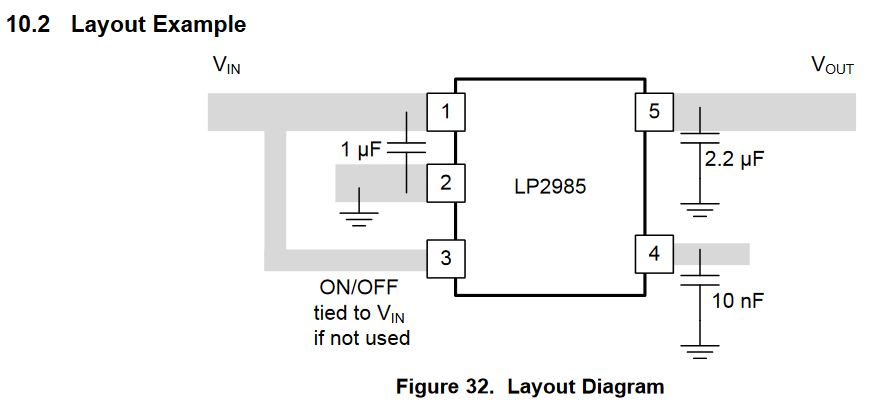
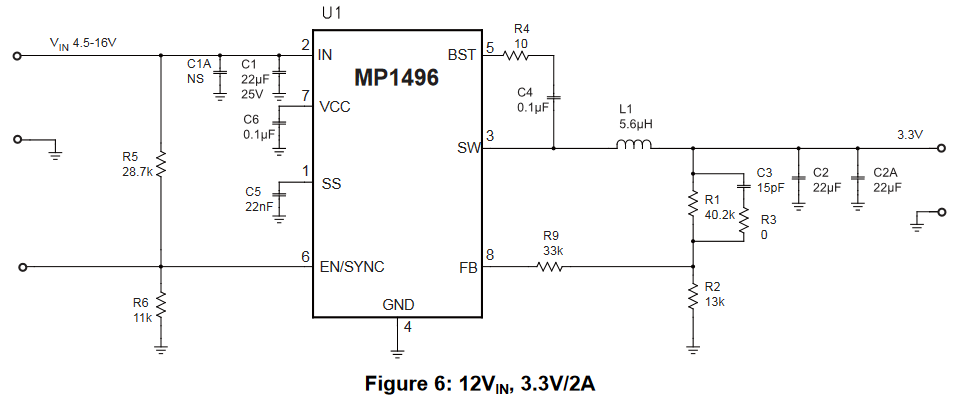


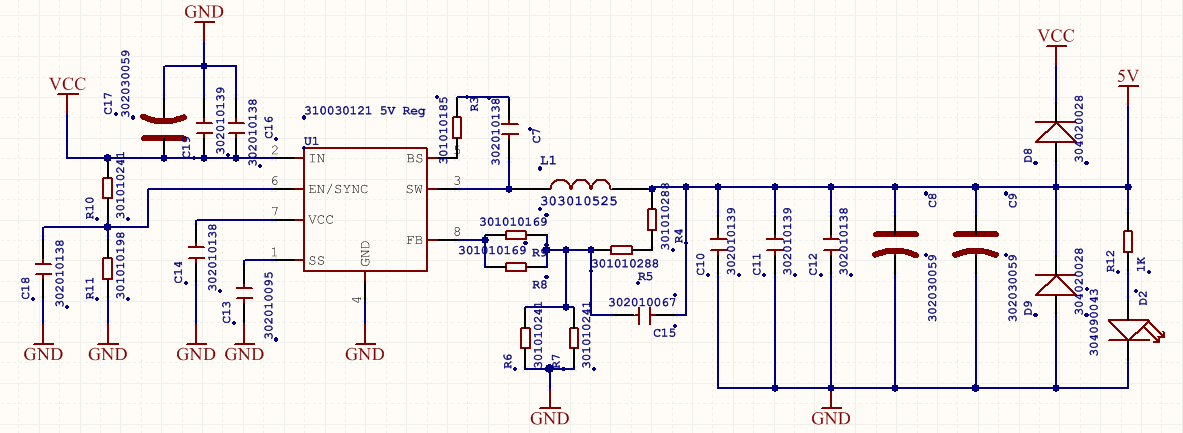
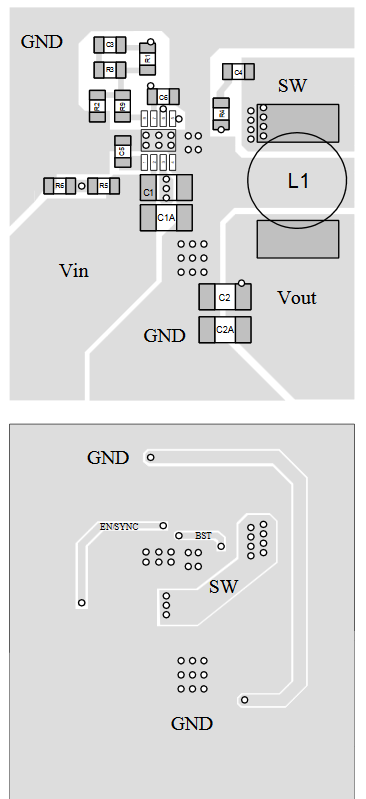

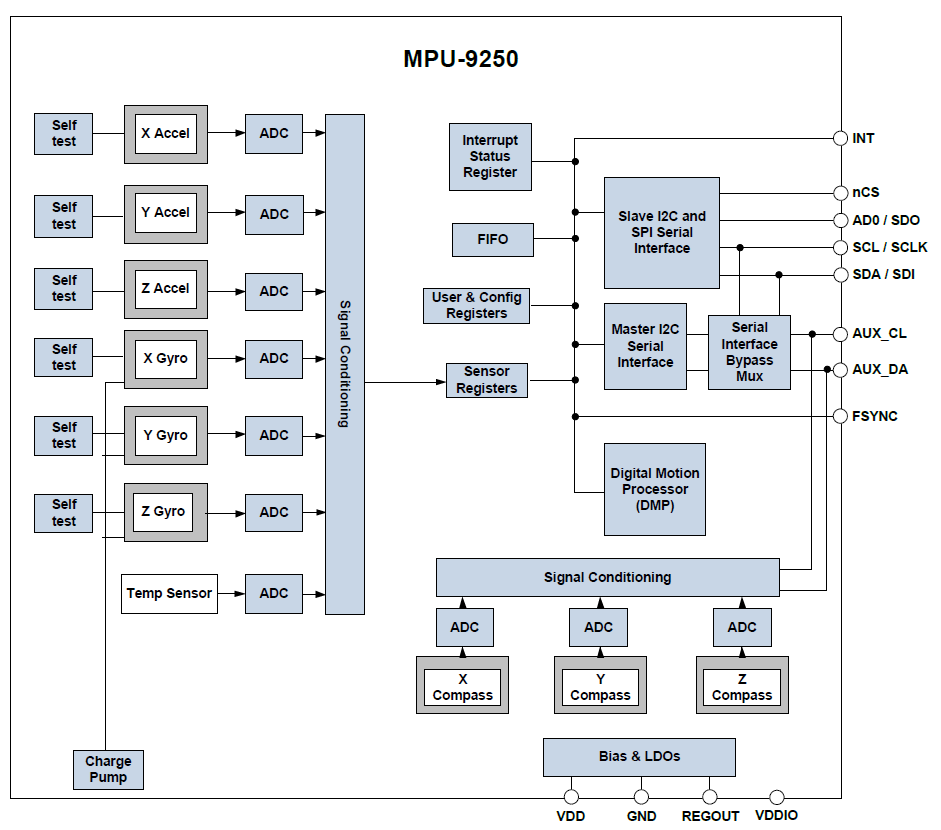
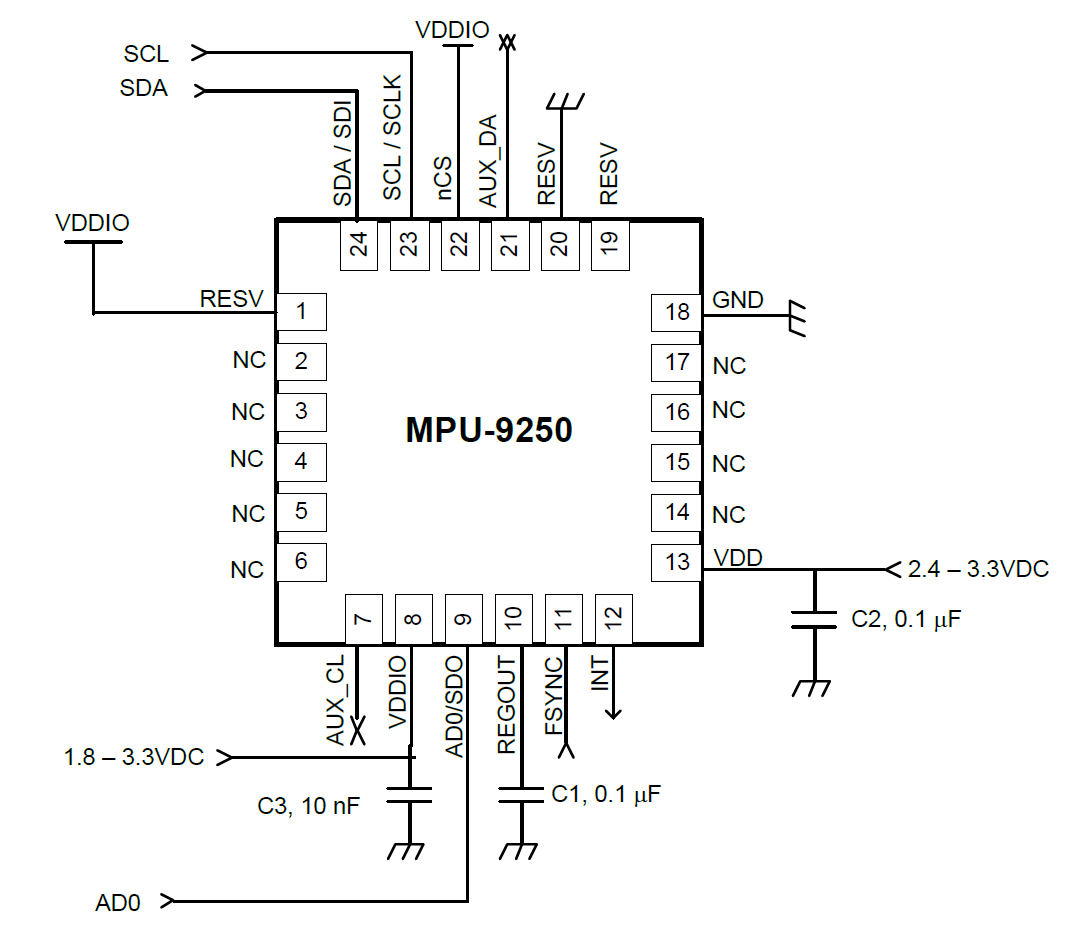


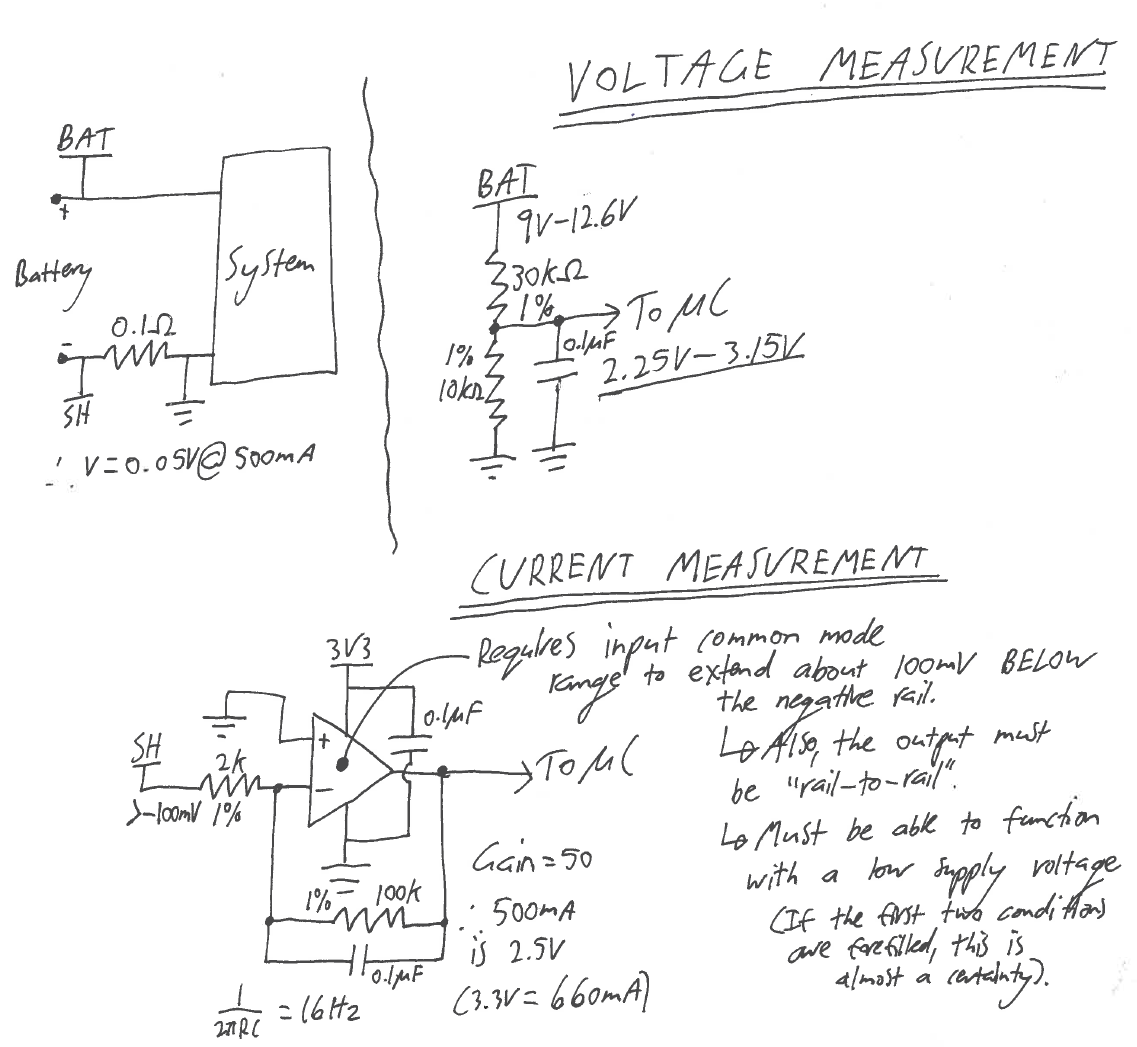

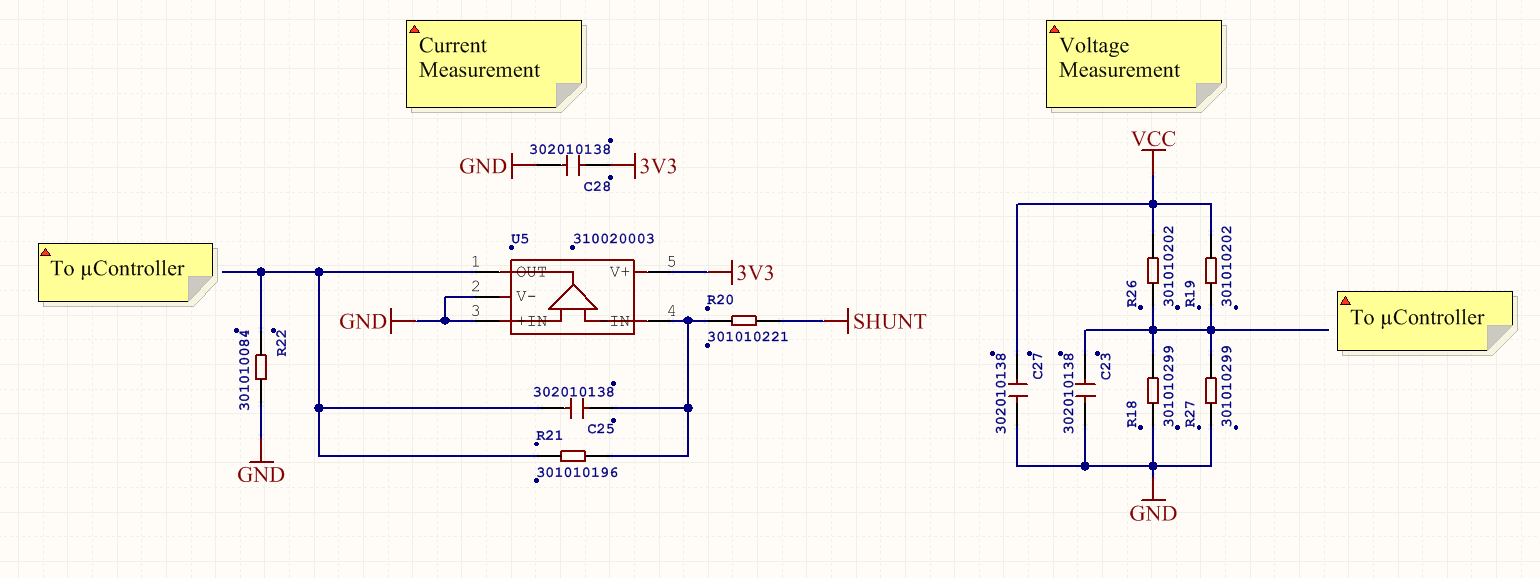

 Lithium ION
Lithium ION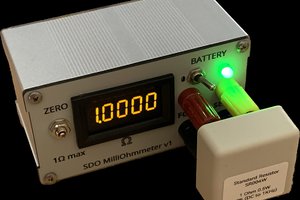
 Kuba Sunderland-Ober
Kuba Sunderland-Ober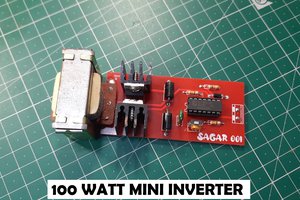
 Sagar 001
Sagar 001
 Jan Waclawek
Jan Waclawek